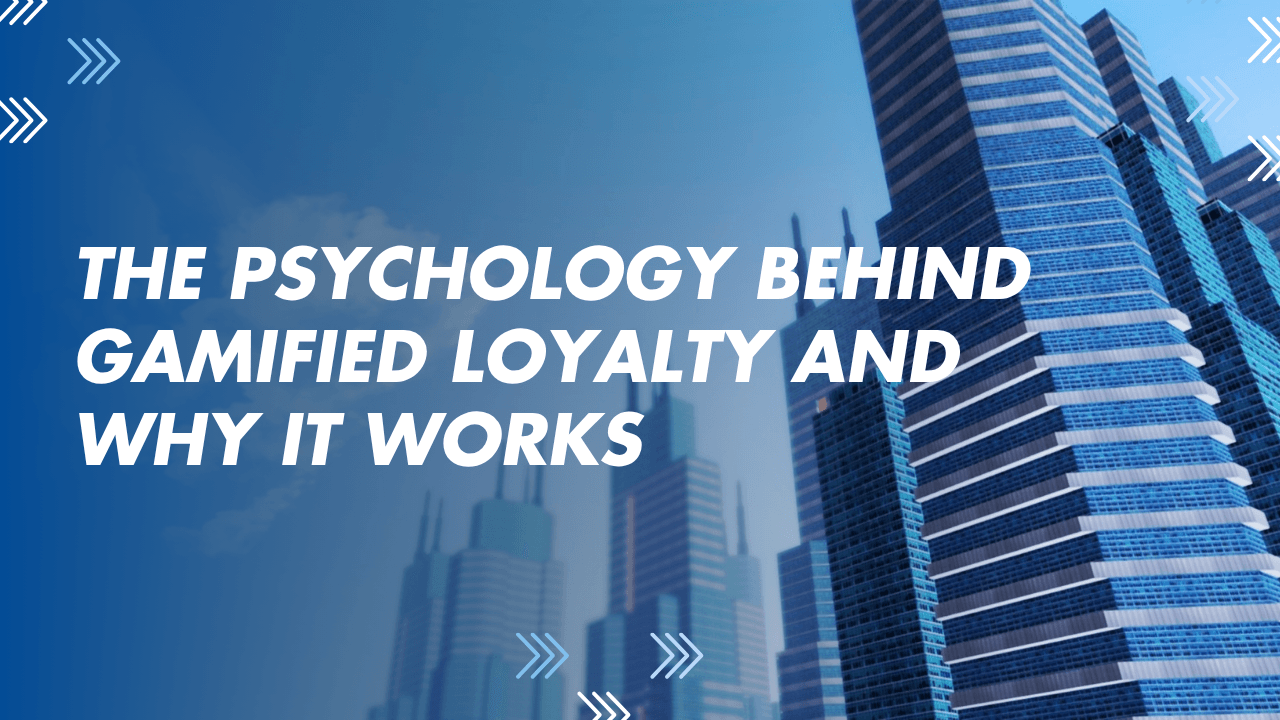The Psychology Behind Gamified Loyalty and Why It Works

In the age of short attention spans and endless options, customer loyalty is no longer built on points alone. Brands are turning to gamification — the use of game-like mechanics in non-game environments — to engage, motivate, and retain customers more effectively. But why does this approach work so well? The answer lies deep in human psychology.
Let’s explore the core psychological drivers that make gamified loyalty programs not just trendy, but highly effective in increasing customer retention and lifetime value.
1. Instant Gratification Triggers Dopamine
Humans are wired to seek reward. When users complete a challenge, spin a wheel, or unlock a badge, they experience a dopamine release — a neurotransmitter associated with pleasure and motivation.
Gamified loyalty taps into this by providing:
- Immediate feedback (like points or confetti on screen),
- Small wins (completing a task or hitting a milestone),
- Visible progress toward a bigger reward.
This sense of instant gratification keeps customers coming back, not just to buy, but to engage with your brand over and over again.
2. The Power of Progress: Zeigarnik Effect
The Zeigarnik Effect is a psychological principle that states people are more likely to remember unfinished tasks than completed ones. Gamified loyalty uses this effect by showing users:
- Progress bars ("You’re 70% to your next reward"),
- Tier ladders ("Only 2 purchases to Gold Tier"),
- Streaks or chains ("Come back tomorrow to keep your streak").
This “almost there” feeling drives users to complete actions, increasing repeat engagement and purchase frequency.
3. Status and Achievement Drive Motivation
Why do people chase digital badges or higher tiers, even when the monetary rewards are small? Because status matters. Earning recognition — even virtual — appeals to our innate need for achievement, validation, and identity.
Gamified loyalty programs use:
- Leaderboards,
- Exclusive tiers (Silver, Gold, Platinum),
- Achievement badges or titles (e.g., “Loyal Legend” or “Top Shopper”).
These elements tap into intrinsic motivation, making users feel valued and seen — not just as customers, but as community members.
4. Variable Rewards Build Habit Loops
The most addictive apps (think Instagram or TikTok) use variable rewards — users never know exactly what they’ll get next, and that mystery builds habitual use.
Loyalty gamification can mirror this by:
- Offering randomized prizes (spin-to-win, mystery boxes),
- Unlocking hidden perks at unpredictable milestones,
- Running time-limited challenges or missions.
This unpredictability builds anticipation and keeps users hooked on engagement, even when they’re not ready to buy.
5. Goal Setting Fuels Commitment
People are more likely to follow through on tasks when they set a goal and see a clear path toward it. Gamified loyalty provides micro-goals that lead to macro-retention.
Examples include:
- “Buy 3 more times this month to unlock your exclusive discount.”
- “Complete this 5-step challenge and earn double points.”
- “Share with 2 friends to reach your referral milestone.”
This makes loyalty programs feel like a journey, not just a transaction.
Real-World Impact: Why Brands Are Betting on Gamification
Brands like Starbucks, Sephora, and Nike have successfully integrated gamification into their loyalty strategies. Even small D2C brands are seeing big results with:
- Higher repeat purchase rates,
- Longer customer lifecycles,
- Increased engagement across email, app, and SMS.
In 2025 and beyond, gamification isn’t just a gimmick — it’s a behavioral retention strategy rooted in neuroscience and motivation psychology.
Final Thoughts
If your loyalty program is just about points-for-purchases, you’re missing out. By applying gamification principles rooted in real psychology, you can turn passive buyers into active participants — and loyal fans for life.